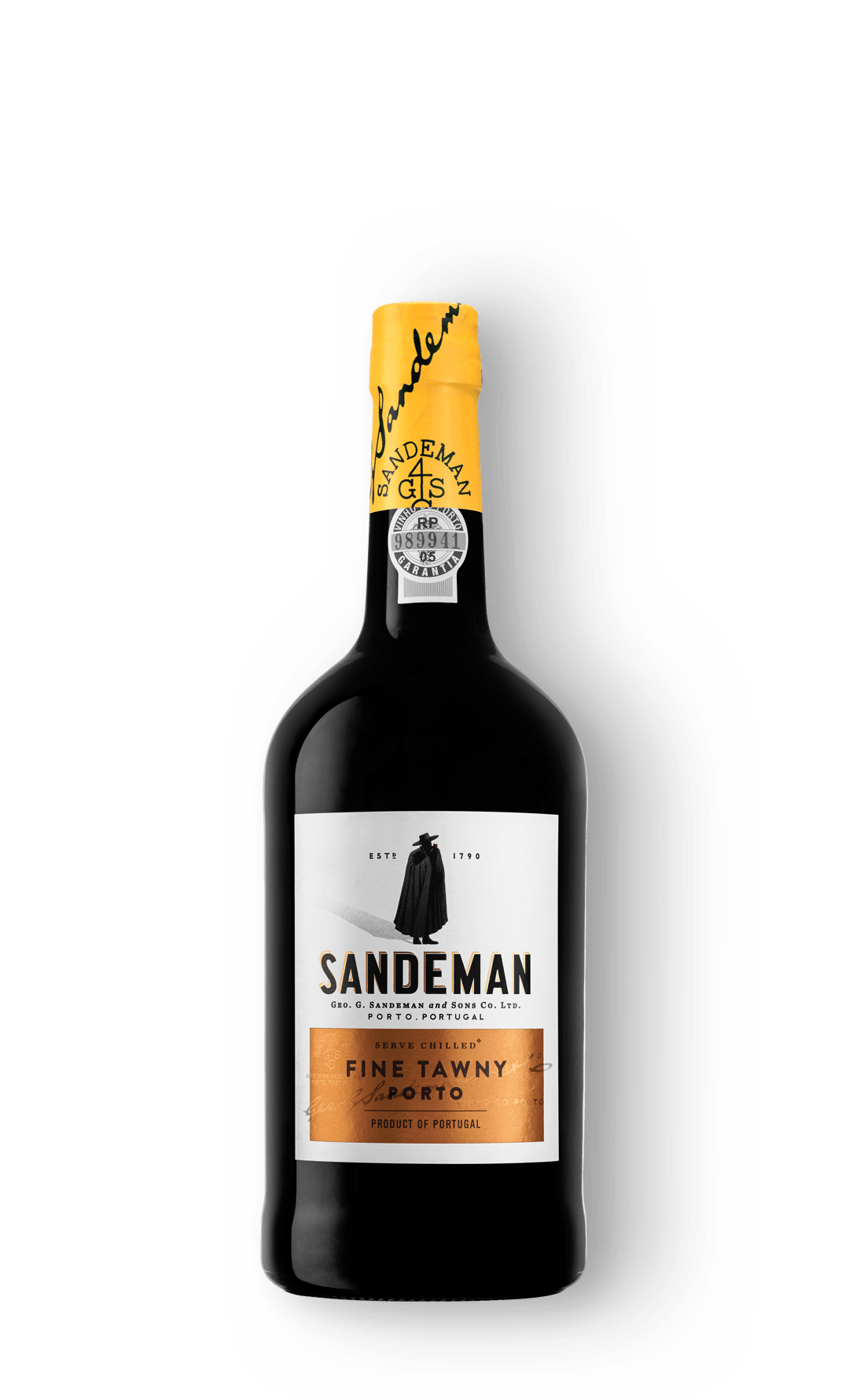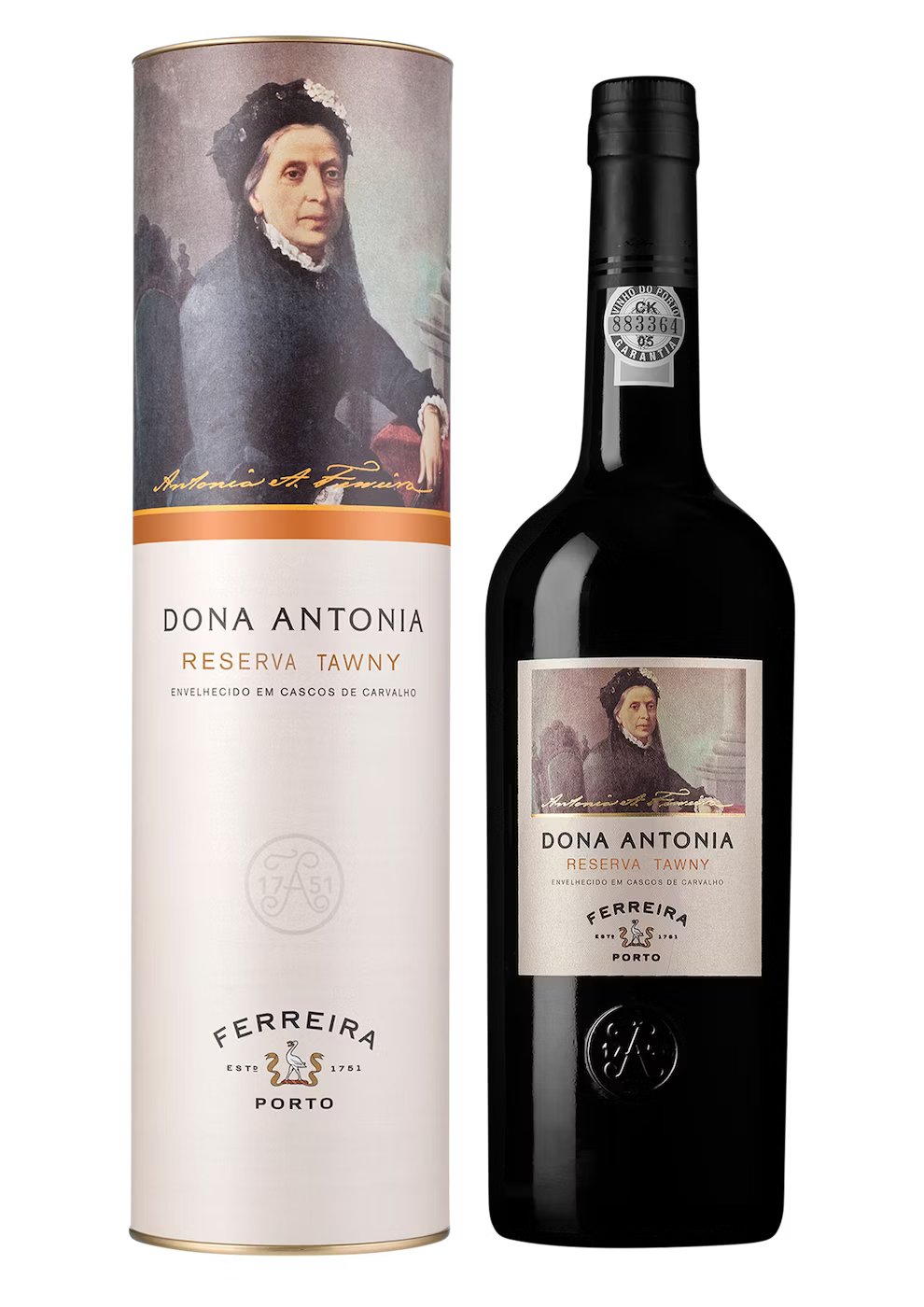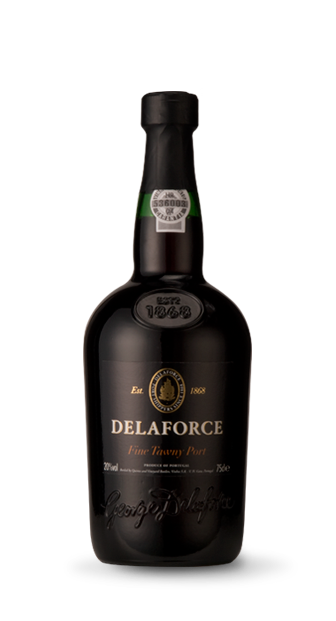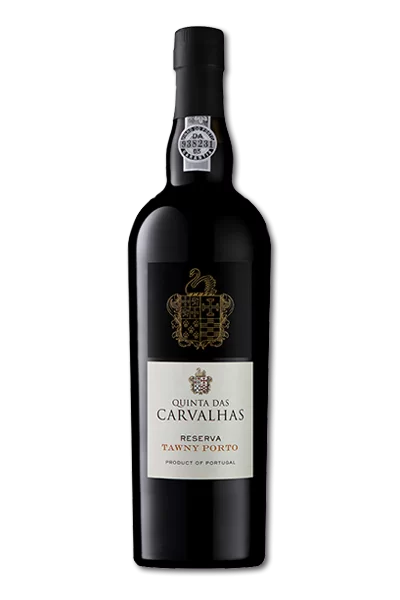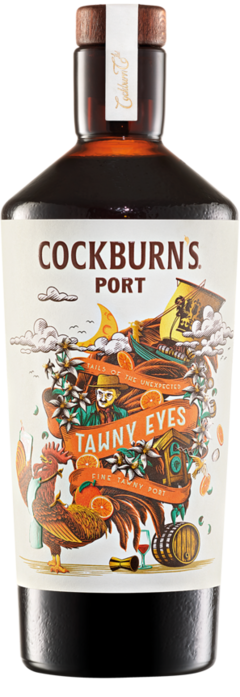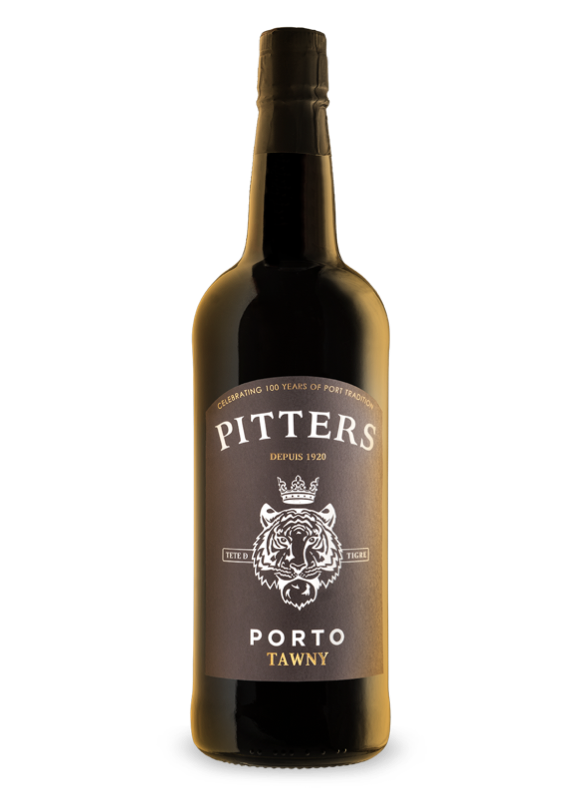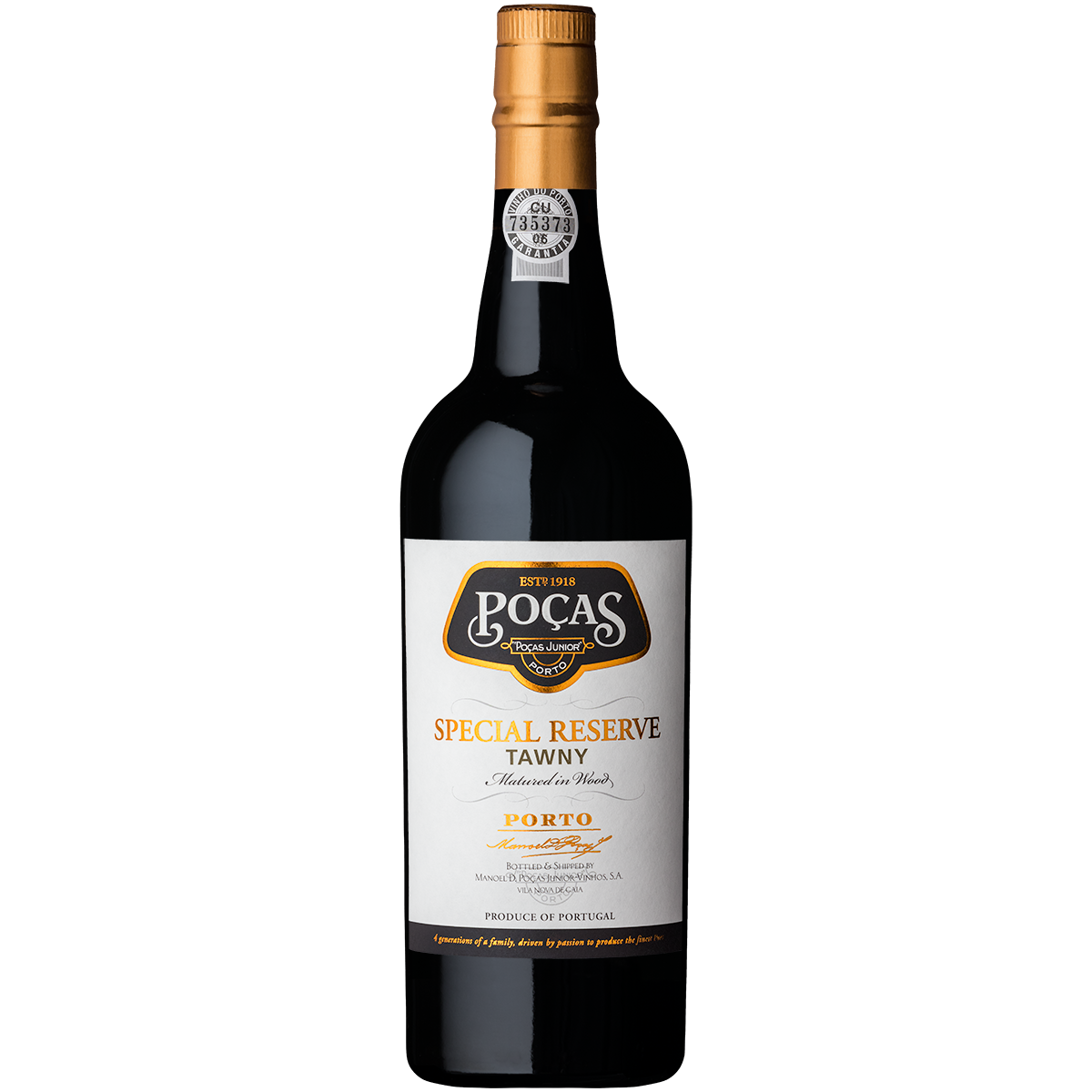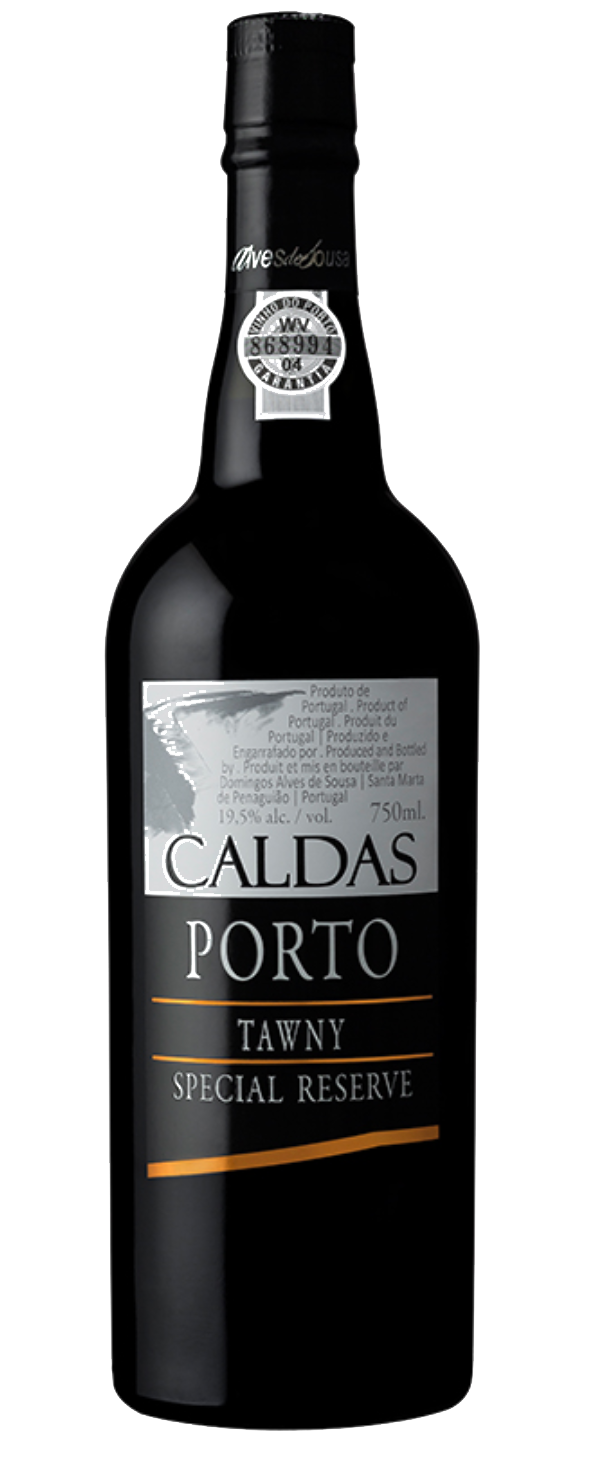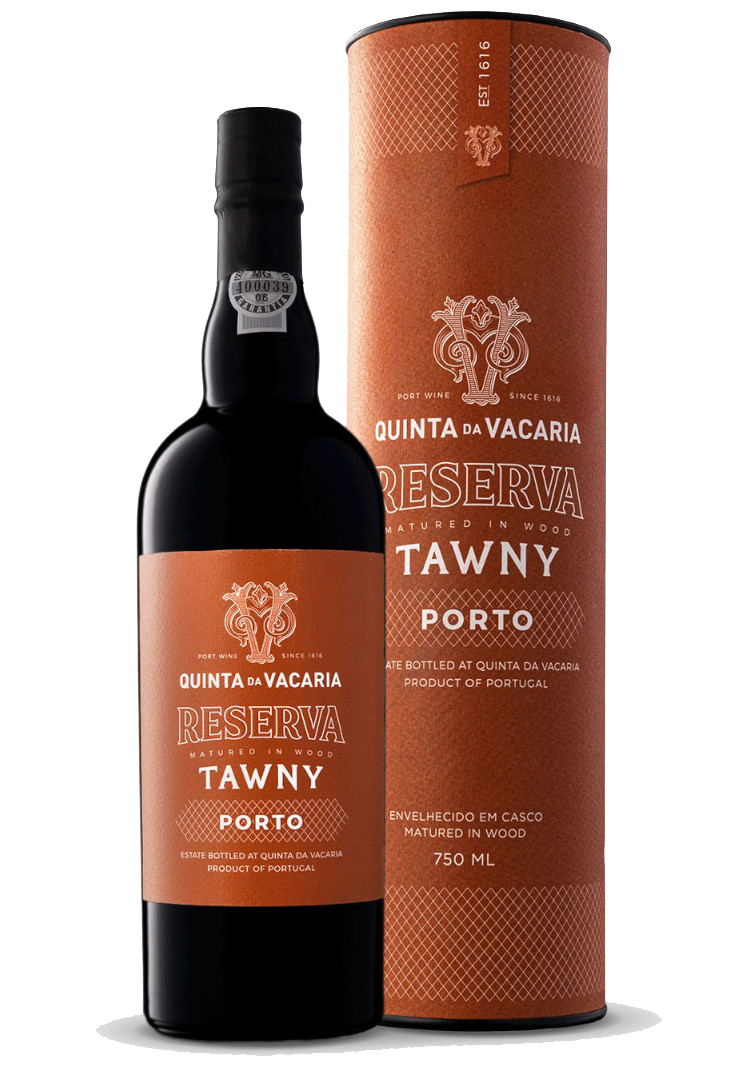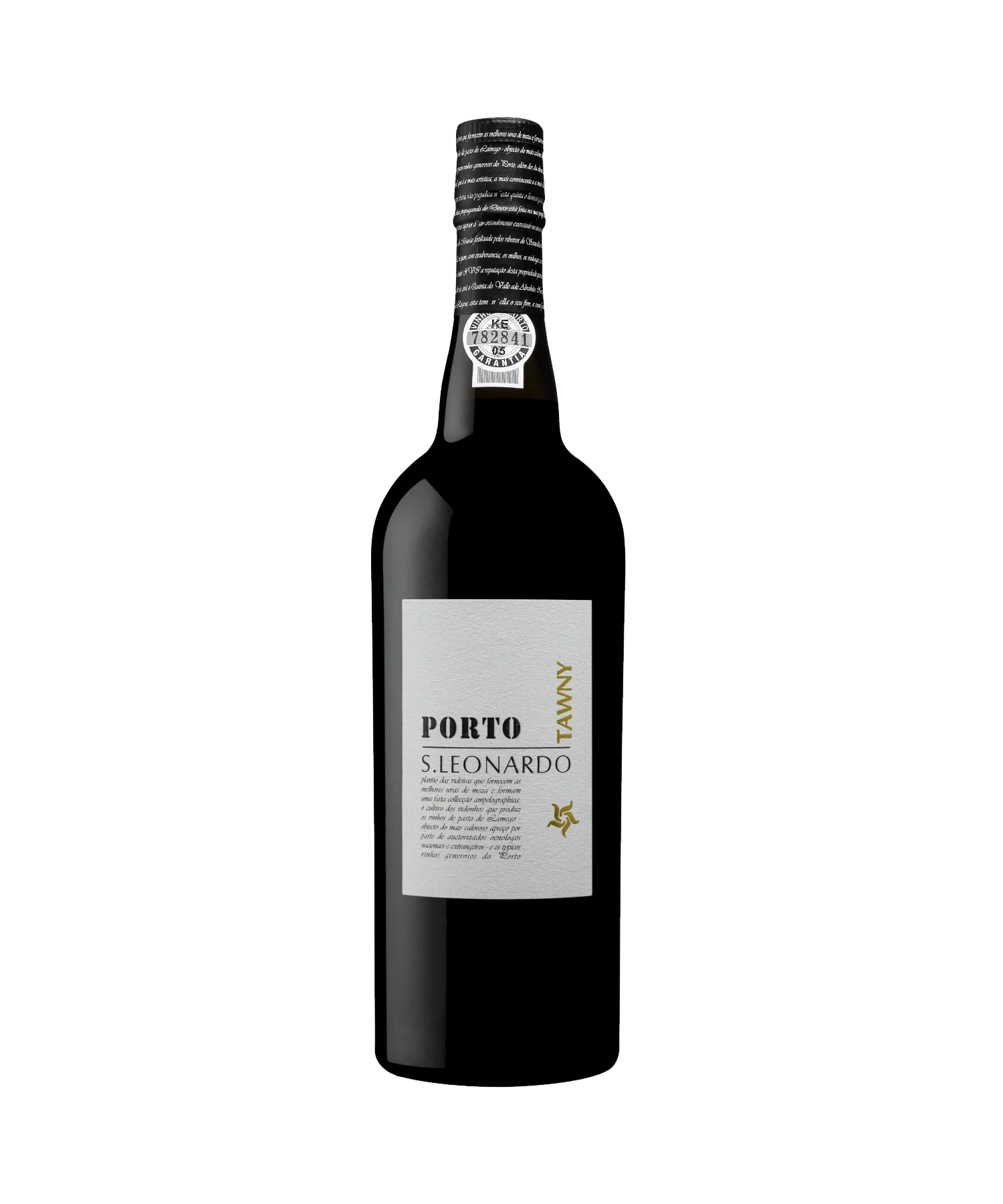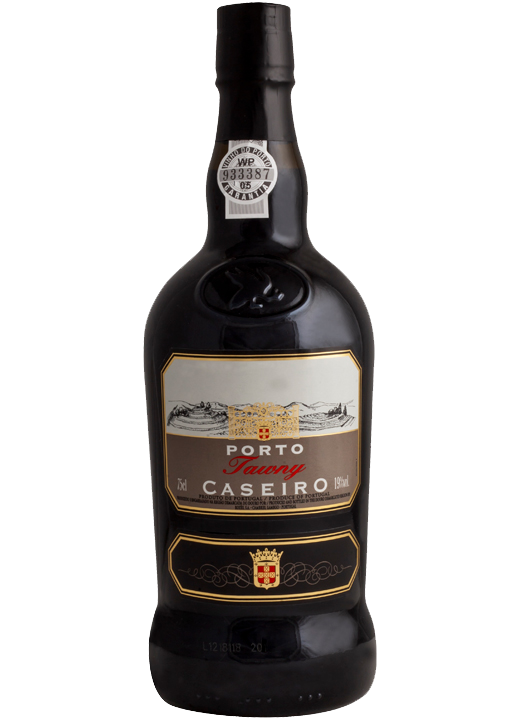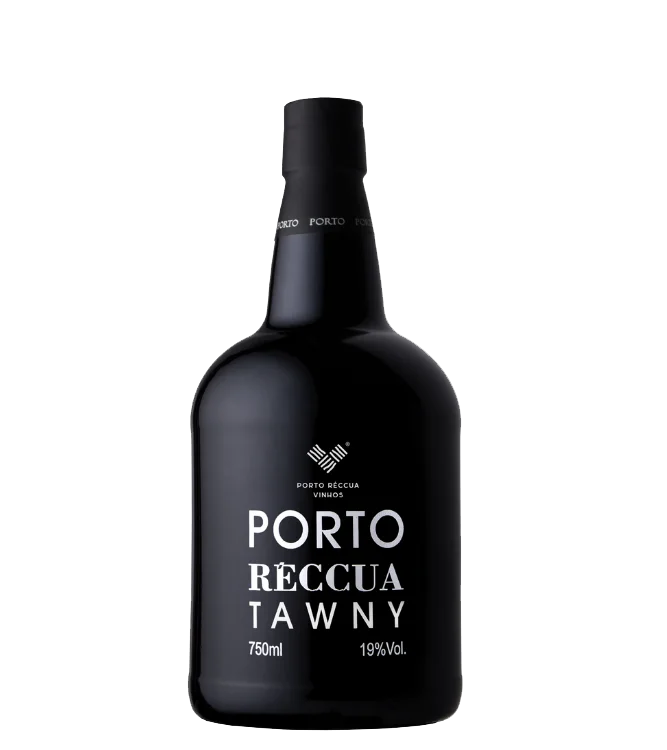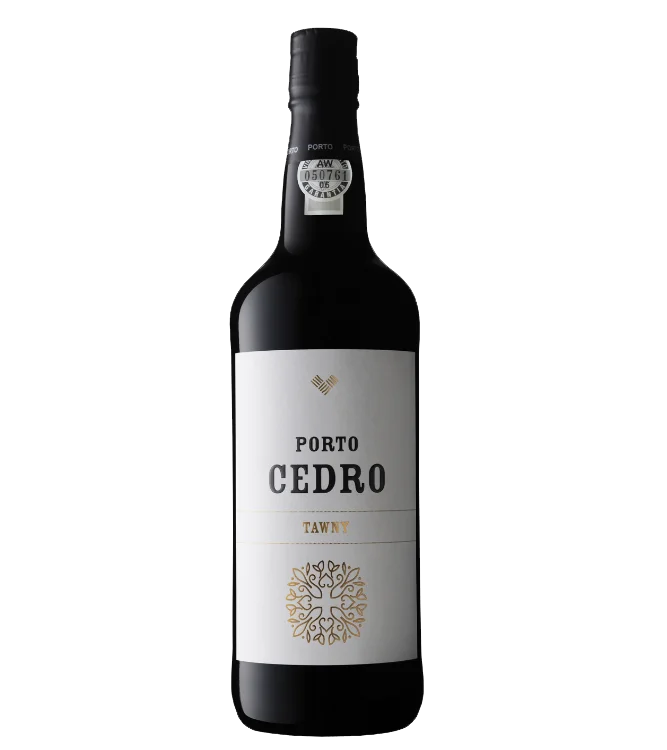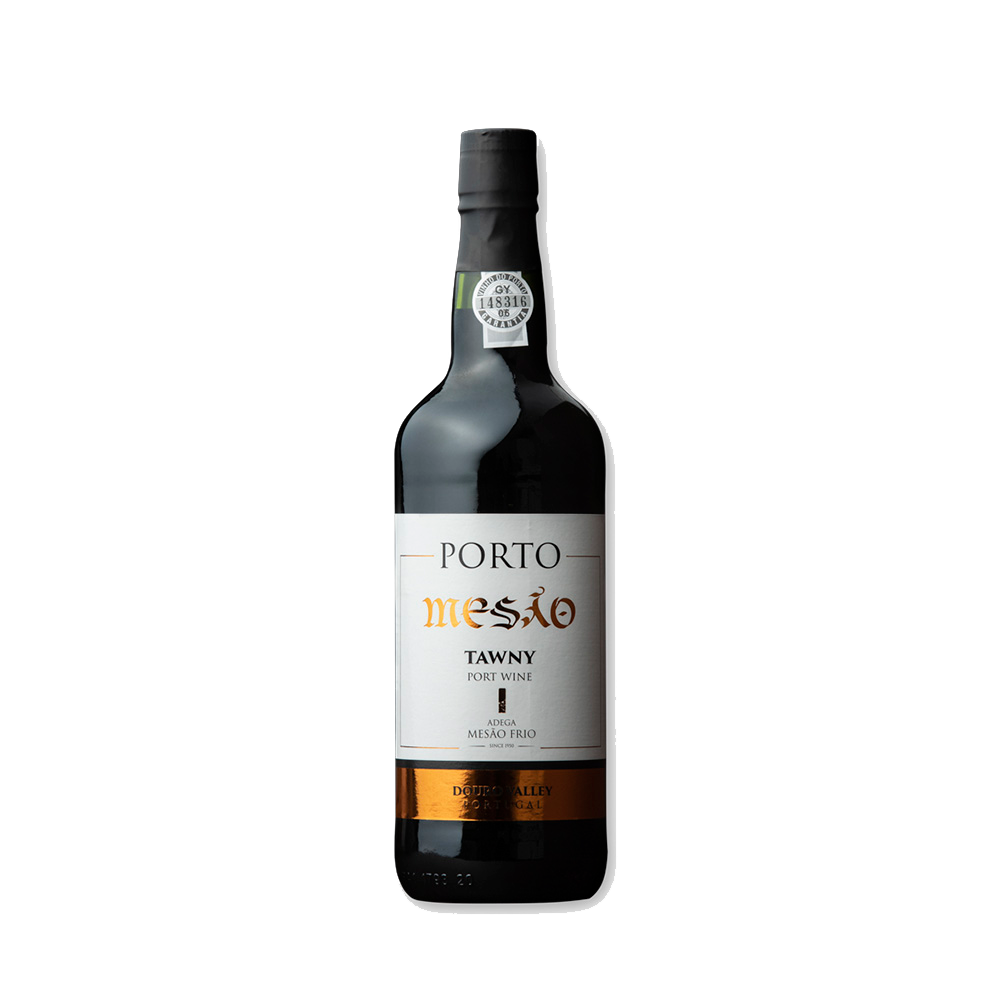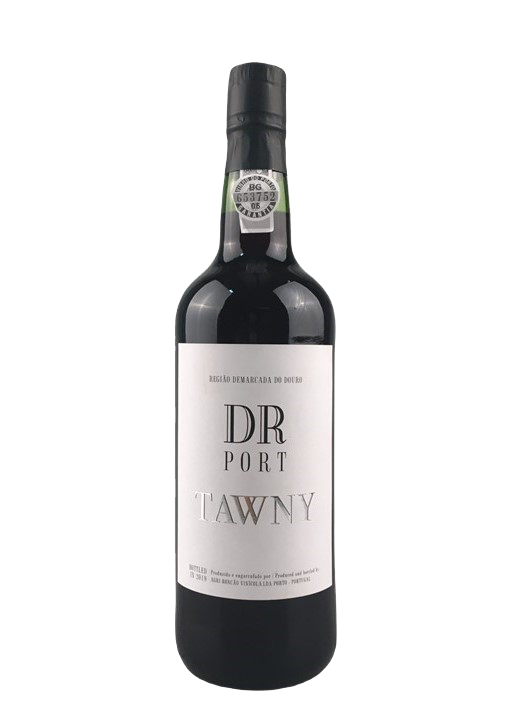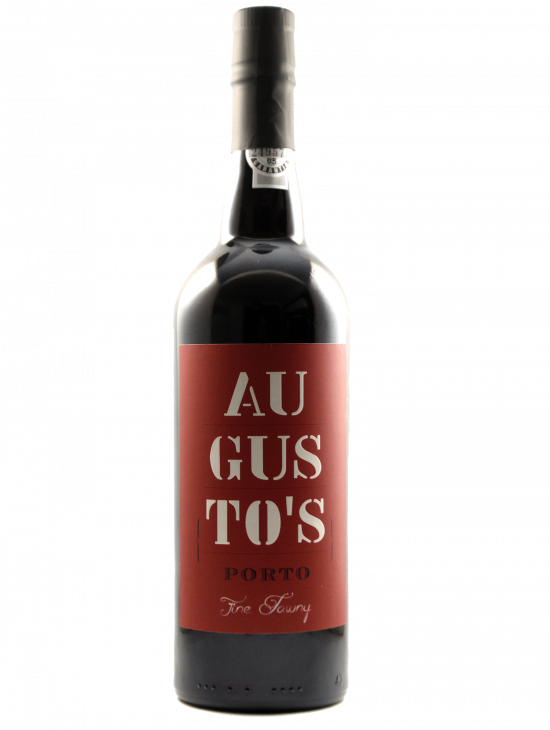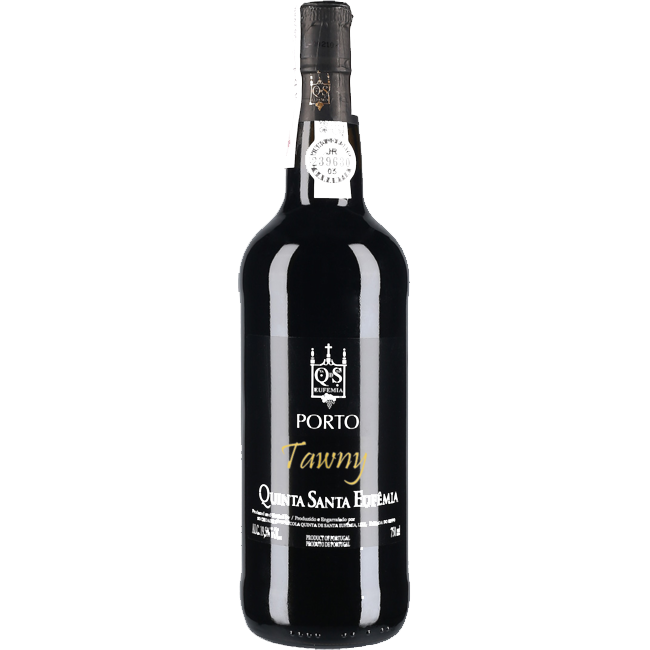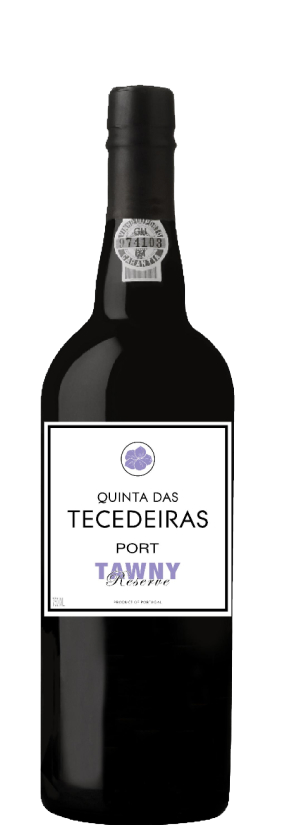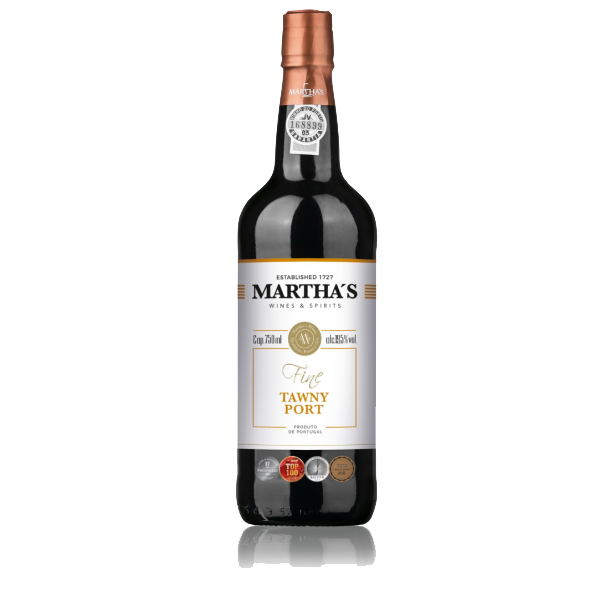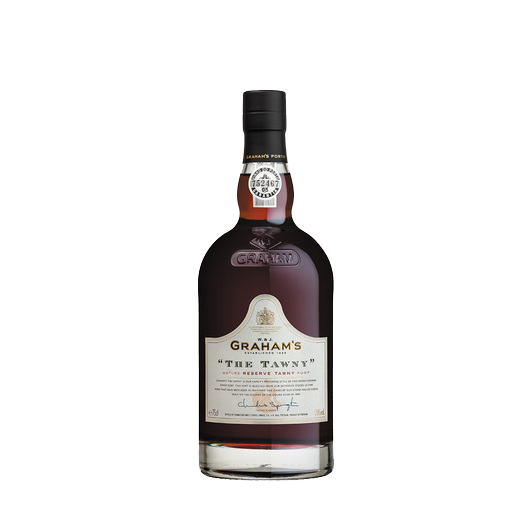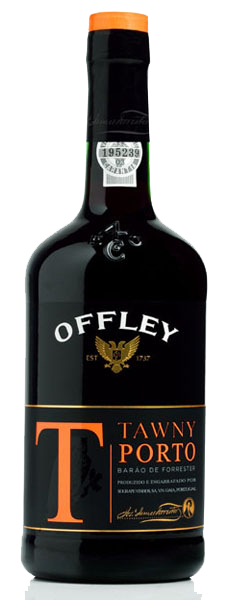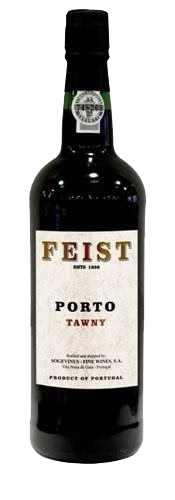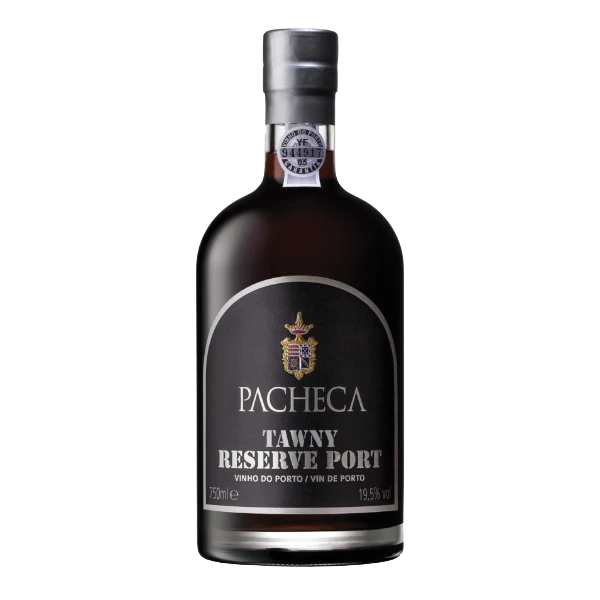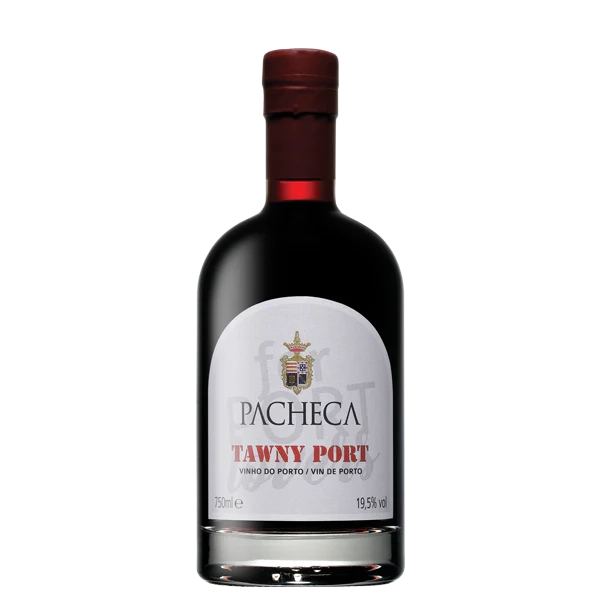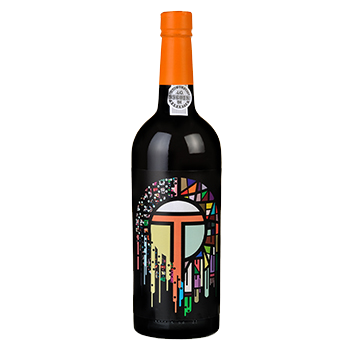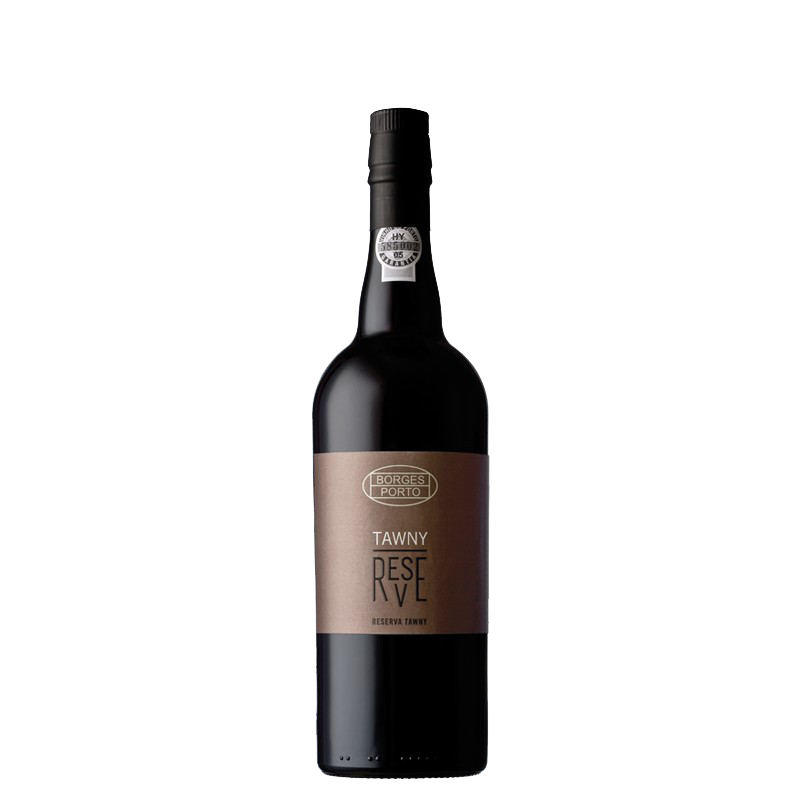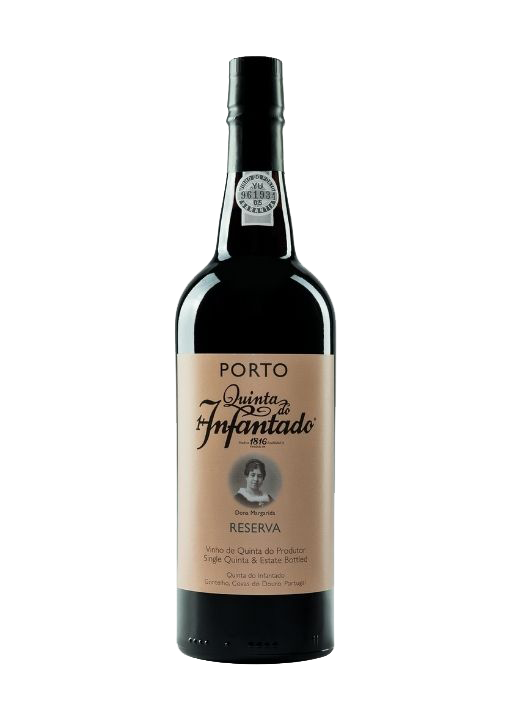
Tawny port wine
Great aging quality and brown tawny color. Mostly pared with sweet’s such as fudge, caramel and figs.
🍷What is Tawny port?
Tawny Port is an iconic style of Port wine that has graced the cellars and tables of wine enthusiasts for centuries. Rooted in the historic winemaking traditions of the Douro Valley, Tawny Port has evolved over time, with the 19th century heralding the refinement of aging techniques that have come to define its distinctive style. The basic Tawny Port is stil very much undiscovered by many, and we are hoping to change that. Starting at the basic Tawny style, we can already see great potential, complexity and depth of this style of port wine.
Tawny vs Ruby: What's the Difference?
Tawny starts as Ruby but undergoes oak maturation, which develops nuanced flavors and a mellow character.
| 🍷 Feature | 🔴 Ruby Port | 🟤 Tawny Port |
|---|---|---|
| Color | Bright ruby-red 🍒 | Brick, amber, or tawny brown 🍂 |
| Flavor | Bold & fruity — berries, plums 🍓🍇 | Nutty, caramel, dried fruits 🌰🍬🍑 |
| Aging | 2–3 yrs in large vats (minimal oxygen) ⏳ | ≥3 yrs in small oak barrels (oxidized) 🪵 |
| Purpose | Youthful, vibrant dessert wine 🎉 | Complex, mellow, ready to sip ✨ |
👨🦳Aged Tawny (10, 20, 30, 40, 50 Years) Explained
Tawnies with age indications are blends designed to reflect the characteristics of wines aged for that average number of years in barrel:
10-Year Tawny: Balanced and approachable. Notes of caramel, orange zest, and hazelnut. Ideal for casual sipping or pairing with mild cheeses.
20-Year Tawny: The sweet spot for many enthusiasts. Richer texture, with flavors of fig, toasted almond, and soft spice.
30-Year Tawny: Intense and elegant. Offers layers of dried apricot, tobacco leaf, and burnt sugar with a long, smooth finish.
40-Year Tawny: Rare and luxurious. Extremely concentrated and silky, with notes of walnut, molasses, and old wood.
50-Year Tawny: Introduced in 2022, this category represents the pinnacle of aged Tawny. Exceptionally rare and refined, it offers deep, evolved flavors of fig jam, exotic spices, old mahogany, and balsamic reduction. Ideal for collectors and unforgettable celebrations.
These blends are crafted to maintain a consistent profile, often using a mix of vintages to achieve the desired balance of age and flavor.
🏆Best Tawny Ports to Try in 2025
Here are highly-rated aged tawnies worth considering :
Ramos‑Pinto 20‑Year Tawny – jammy citrus, roasted nuts, coffee tones.
Graham’s 30‑Year Tawny – rich toffee, dried apricot, long finish.
Taylor Fladgate 10‑Year Tawny – classic balance of sweetness and nuttiness.
Dow’s Reserve Tawny – about 7+ years in oak; approachable introduction
Fonseca 20‑Year Tawny – smooth, elegant, and fruit forward
🍹Tawny Port Cocktails
Tawny Port adds depth and sweetness to several classic and modern cocktails. Try these:
Port New York Sour: Bourbon, lemon juice, simple syrup, topped with 1 oz Tawny Port.
Flycatcher: 50 ml Tawny Port, 25 ml triple sec, 25 ml lemon juice
Trafalgar Punch: Tawny Port, Armagnac, rum, lemon, sugar, water, nutmeg
Summer Refreshers: Tawny Port with tonic, Bloody Mary tweaks, or fruity spritzes
Espresso Martawny: Tawny Port with Espresso shot and coffee Liquor
🥃How to Serve Tawny Port?
To fully appreciate the depth and character of Tawny Port, it's essential to tailor your serving method to its style:
Temperature: All styles of Tawny Port benefit from slight chilling, ideally served at 12–16°C (54–61°F). This range brings out aromatics without muting complexity. Reserve Tawny can be served a touch cooler, while 30- or 40-year-old aged Tawny is best closer to room temperature for full flavor expression.
Glassware: Choose tulip-shaped Port glasses or small white wine glasses. Their narrow opening helps concentrate aromas of roasted nuts, dried fruits, and spice. For older or more nuanced Tawnies, avoid overly wide glasses which can disperse aromatics.
By Style:
Reserve Tawny: Often served as an aperitif; chill more thoroughly (10–12°C) and pair with nuts or savory starters.
Aged Tawny (10–50 Years): Serve lightly chilled (13–16°C). These wines are more delicate, so give them a few minutes in the glass to breathe. No need to decant.
Colheita Tawny: A single vintage Tawny aged for a long period in wood. Treat it like a 20- or 30-year-aged blend. Ideal serving is 14–15°C. Use a finer glass and allow it to evolve in the glass.
Storage After Opening: Thanks to their oxidative nature, all Tawny styles are more stable after opening than Ruby or Vintage Port. Keep corked and refrigerated, and consume within:
Reserve: 4–6 weeks
10–20-Year: up to 6 weeks
30–50-Year and Colheita: ideally within 2–4 weeks for best expression
Decanting: Not necessary. Tawnies are filtered and bottle-stable. You can pour directly from the bottle.
Tawny Port is a perfect blend of elegance and practicality. It’s versatile enough for casual sipping, and sophisticated enough for refined tasting — no complicated rituals required.
🥘Tawny Port & Food Pairings
Tawny Port’s signature blend of oxidative aging and natural sweetness makes it a flexible companion to a wide range of foods. Its balance of acidity and nutty complexity means it can cut through richness or enhance subtle dessert tones.
🧀 Cheese Pairings: Tawny Port pairs beautifully with bold, salty cheeses. Try it with aged cheddar, creamy blue cheese, or nutty aged gouda. The wine’s sweetness balances the salt and fat, creating a rich, rounded experience. Parmesan and Manchego also work wonderfully.
🍧 Desserts: Go for desserts with caramel, nuts, or custard elements. Tawny Port enhances crème brûlée, pecan pie, almond cake, and fig tart. Avoid very sweet, syrupy desserts that may overpower the wine.
Savory Dishes: Tawny can even accompany savory dishes—especially those with sweet glazes or rich meats. Try it with duck breast and berry sauce, roasted pork with caramelized apple, or foie gras.
🥜 Nuts & Dried Fruit: Naturally, Tawny’s own flavor profile matches dried figs, dates, and roasted walnuts. Serve a small plate of dried fruits and spiced nuts alongside a glass for an easy match.
🍫 Chocolate: Unlike Ruby Port, Tawny works best with lighter chocolate desserts. Go for milk chocolate with sea salt, caramel truffles, or chocolate mousse.
-
Tawny Port, celebrated for its distinct hue, is a testament to the meticulous aging process it undergoes in oak barrels. This aging in the barrel transforms its color from a vivid red to a blend of amber and russet. As time progresses, the wine adopts golden-brown undertones, making it a spectacle when light passes through, showcasing a spectrum from deep gold to a tawny reddish-brown. The depth of its color not only reflects the quality but also gives insights into its age. Paired with the right food, Tawny Port elevates the food pairing experience. When swirled, its viscosity leaves a lingering 'tear' on the glass, hinting at its rich and sweet profile.
-
Primary Flavors: The primary flavors of Tawny Port often include dried fruits such as raisins, apricots, and figs. These are complemented by nutty notes of almonds, walnuts, or hazelnuts.
Secondary and Tertiary Flavors: With age, Tawny Ports develop rich layers of secondary and tertiary flavors. These can include hints of caramel, butterscotch, vanilla, and toasted wood, along with mellow spices like cinnamon and clove.
Sweetness: Tawny Ports are characteristically sweet, but this sweetness is beautifully balanced by their acidity, ensuring that they don't come across as overly cloying.
Texture: These wines have a velvety, almost silky texture, and their extended aging often imparts a notable smoothness.
Finish: Tawny Ports are known for their prolonged and layered finish. As the wine lingers on the palate, one might detect flavors of coffee, chocolate, and even a touch of orange zest.
Complexity: Due to the extended aging process, Tawny Ports exhibit a high degree of complexity. As they age, the wines undergo oxidative maturation, leading to the gradual evaporation of water and alcohol. This results in the concentration of the wine's flavors and aromas, adding to its complexity.
-
Touriga Nacional: Often considered the finest grape for Port production, it brings deep color, rich tannin, and flavors of black fruits to the wine.
Touriga Franca: This variety contributes elegant red fruit flavors and floral notes. It's more aromatic compared to Touriga Nacional.
Tinta Roriz (known as Tempranillo in Spain): Adds structure and body to the blend, offering flavors of cherries and red fruits.
Tinta Barroca: This grape is early-ripening and brings softness and sweetness to the wine, with flavors of red fruits.
Tinta Cão: A grape variety that is less common than the others but still significant, it adds finesse and aging potential to the blend.
Tinta Amarela (or Trincadeira): It provides spicy notes and bright acidity to the wine.
Sousão: Known for its deep color, Sousão is used to add vibrancy and acidity to the blend.
Mourisco Tinto: This grape variety adds complexity and floral aromas to the wine.
Rufete: It brings freshness and elegance, contributing to the wine's aromatic profile.
Bastardo: Despite its challenging name, Bastardo provides color and fresh fruit flavors to the blend.
-
Tawny Port is an incredibly versatile wine when it comes to food pairing. Younger Tawnies are delicious with caramel desserts, milk chocolates, and creamy cheeses, while aged Tawnies can stand up to strong, blue-veined cheeses and dark chocolate. Tawny Port is also often enjoyed on its own, savored slowly at the end of a meal.
-
19-21%
-
Unlike Vintage Port, Tawny Port is filtered and fined before bottling, which means there's no sediment. You can store it upright without any negative effects. Keeping it upright also minimizes the surface area exposed to air in a partially consumed bottle, slowing down the oxidation process.
The ideal storage temperature for Tawny Port is between 55°F and 68°F (13°C - 20°C). It's essential to avoid drastic temperature fluctuations, which could spoil the wine.
Keep your Tawny Port in a dark place, as light, particularly sunlight, can degrade the wine over time. Also, avoid storing the wine in areas with high vibration, as this can disturb the aging process.
After Opening: Once opened, a 10-year-old Tawny Port will last for several weeks, even up to a couple of months, due to its aging process. It should be stored in the fridge after opening to maintain its quality. Be sure to reseal the bottle tightly after each use.
Pruning Methods and Viticulture
Vineyards in the Douro Valley are carefully managed to optimize grape quality for Port production. Pruning is a crucial aspect of vineyard management and can involve traditional cane or spur pruning, depending on the vineyard's microclimate, vine age, and layout.
1. Agriculture (Vineyard Practices)
Tawny Port begins its journey in the rugged terrains of the Douro Valley, which has a unique microclimate and soil composition. The schist soil retains heat, which assists in grape maturation. Terraces are often carved into the steep slopes, facilitating cultivation in this challenging environment.
Vine Training and Pruning: To control yield and grape quality, vines are pruned during their dormant winter phase. This helps concentrate the vine’s energy and resources on a limited number of fruitful buds.
Irrigation and Canopy Management: Given the dry climate, water retention techniques are crucial. Canopy management ensures an optimal leaf-to-fruit ratio, providing shade to prevent grape sunburn and improving air circulation to reduce disease risk.
2. Bunch Selection
Harvesting usually occurs from late August to October. Workers handpick the grapes, ensuring only the healthiest bunches are selected. Hand-harvesting also prevents bruising, maintaining grape integrity until they reach the winery.
3. Crushing
Upon reaching the winery, the grapes are de-stemmed and crushed.
Lagares: Traditional stone troughs, where workers once stomped grapes to release juice. Some producers still employ foot-treading due to its gentle and effective extraction method, promoting a balanced wine structure.
4. Fermentation
Grape sugars convert into alcohol via yeast in this critical phase.
Temperature Control: Winemakers monitor temperatures to ensure fermentation is steady, preserving the wine’s desired aromatic and flavor profile.
5. Fortification
Fortification defines Port wine. This process involves adding grape spirit (aguardente), which accomplishes two things:
Halts Fermentation: Ensures residual sugar remains, giving Tawny its signature sweetness.
Increases Alcohol Content: Typically, Tawny Port has an alcohol content of around 19-20%.
6. Aging
Aging is a pivotal phase for Tawny Port, determining its final flavor, aroma, and color profile.
7. Barrel Maturation
While Vintage Ports might age in bottles, Tawny Ports age in wooden barrels, experiencing slow oxidation and evaporation ("The Angel's Share"). This imparts nutty, caramel, and dried fruit notes while the wine's color transforms from ruby to tawny.
8. Classification by Age
Tawnies are categorized based on their age, which influences flavor, aroma, and price. Categories include 10, 20, 30, or 40+ and since 2022, 50+ years. The indicated age refers to the wine's approximate "blended age," not its actual chronological age.
9. Blending
Blending requires a master blender's skill, ensuring consistency across bottles and vintages. A 20-year-old Tawny should taste similar regardless of when purchased, highlighting the blender's importance.
10. Filtration
To achieve clarity and brilliance, sediment and solid particles are removed from the wine through filtration.
11. Bottling
Unlike Vintage Ports, which can age in the bottle for decades, Tawny Ports are meant to be enjoyed soon after bottling. They come in a variety of bottle shapes and sizes, but once opened, should be consumed relatively quickly to enjoy their optimal flavor.
12. Zestful Enjoyment
With its complex flavors and aromas, Tawny Port is a treat for the senses. Whether sipped after dinner, paired with a cheese board, or enjoyed with desserts, it's a testament to the Douro Valley's rich winemaking legacy.
Tawny Port bottles from all brands

FAQ: All the answers to your questions about Tawny Port Wine
-
How long does an opened 20‑year Tawny last?
We believe that any Aged Tawny Port Wine can be opened for 1-2 months before loosing its freshness
-
Which tawny port is best?
There are many types of Tawny Port Wines within different price ranges. Different Port Producers have different flavors, so this comes down to taste. But high quality Tawny Port Wines are mostly never sold in supermarkets and have a price of at least 30 USD
-
What is tawny port made from
Tawny Port is made predominantly from red grape varieties including Touriga Nacional, Touriga Franca, Tinta Roriz, Tinta Barroca, and Tinto Cão.
-
Can Tawny Port go bad?
No not really, the high percentage of alcohol and high level of sugar prevent it from going bad

